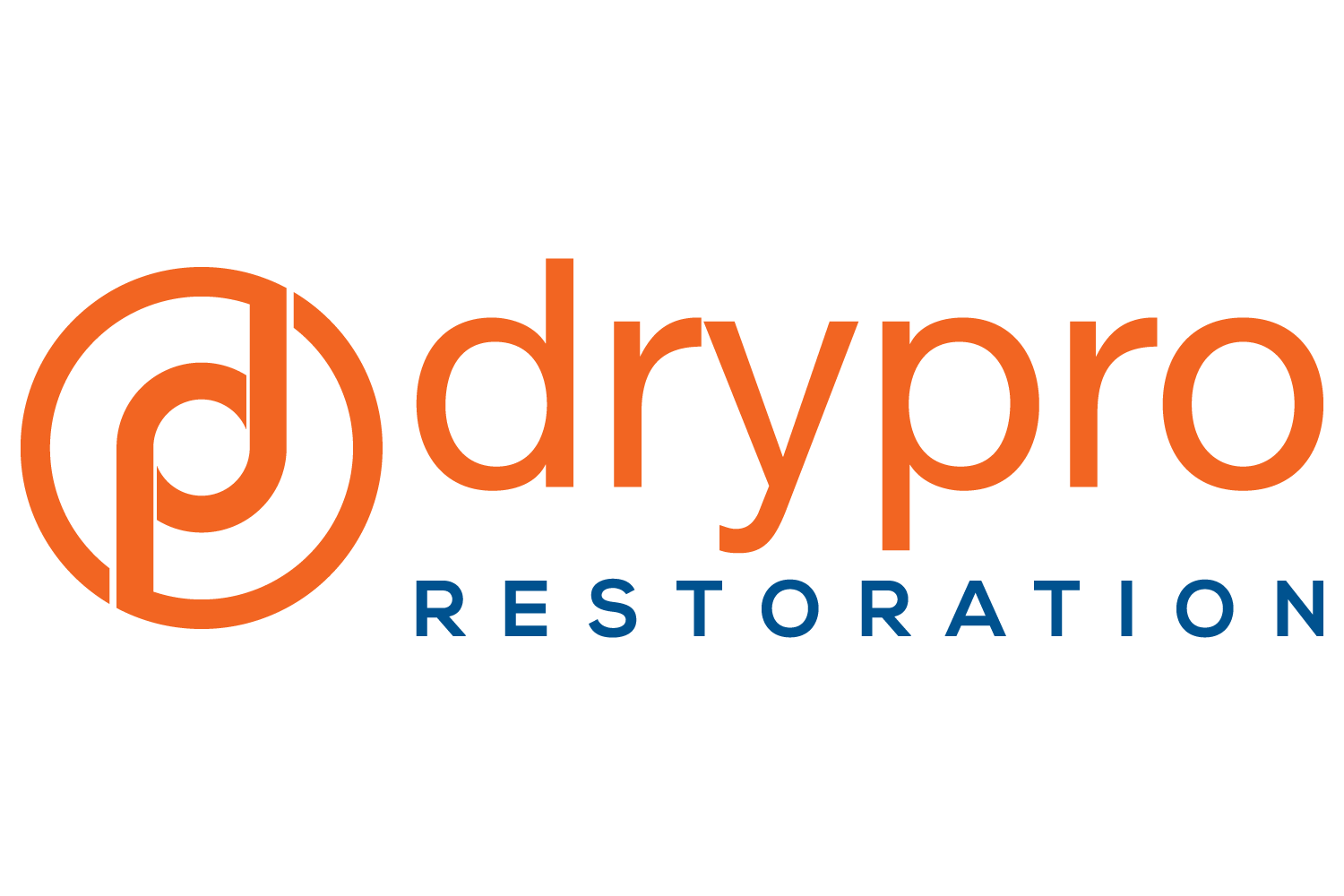3 Ways To Limit Secondary Damage
3 Ways To Limit Secondary Damage
Secondary damage may occur any time primary damage goes untreated. If water damage has recently occurred in Livingston, New Jersey, black mold and other secondary consequences could result without timely restoration. Here are three ways to limit the severity of primary damage caused by water.
1. Mitigate Primary Damage
Mitigation is the most time-sensitive step toward stopping an incident from causing additional damage. In the event of water damage from a pipe break, these measures include collecting as much water as possible to keep porous building materials such as carpet or drywall from becoming saturated. Extracting standing water with a mop and bucket or wet/dry vac can also be effective for controlling primary damage…
2. Dry Water Damage
If water damage saturates any porous materials, fast drying is essential. Porous carpet or drywall that becomes soaked with category 1 clean water may remain intact as long as drying occurs within hours of direct damage. Restoration professionals often recommend using air movers, fans, or dehumidifiers. Any absorbent materials that remain wet for longer than 48 to 72 hours or are located in areas where high humidity levels persist after damage are more likely to suffer further damage, such as black mold.
3. Restore Primary Damage
Primary water damage that is not restored correctly can lead to further damage. This is particularly the case if the water that caused damage is category 2 gray water or category 3 black water. These types of contaminated water may contain microbes or other substances that could make a mold problem more likely. Mitigating water damage and taking timely measures toward drying and restoration can go a long way toward preventing black mold or other secondary damage at a commercial structure. Contact a plumber and have water damage dried, cleaned, or disinfected by experts at a restoration company located in Pine Brook, New Jersey.
Mold as a secondary condition
Recent Posts

